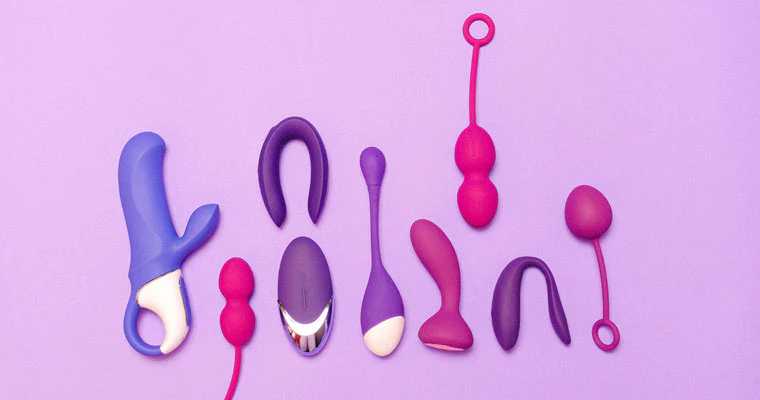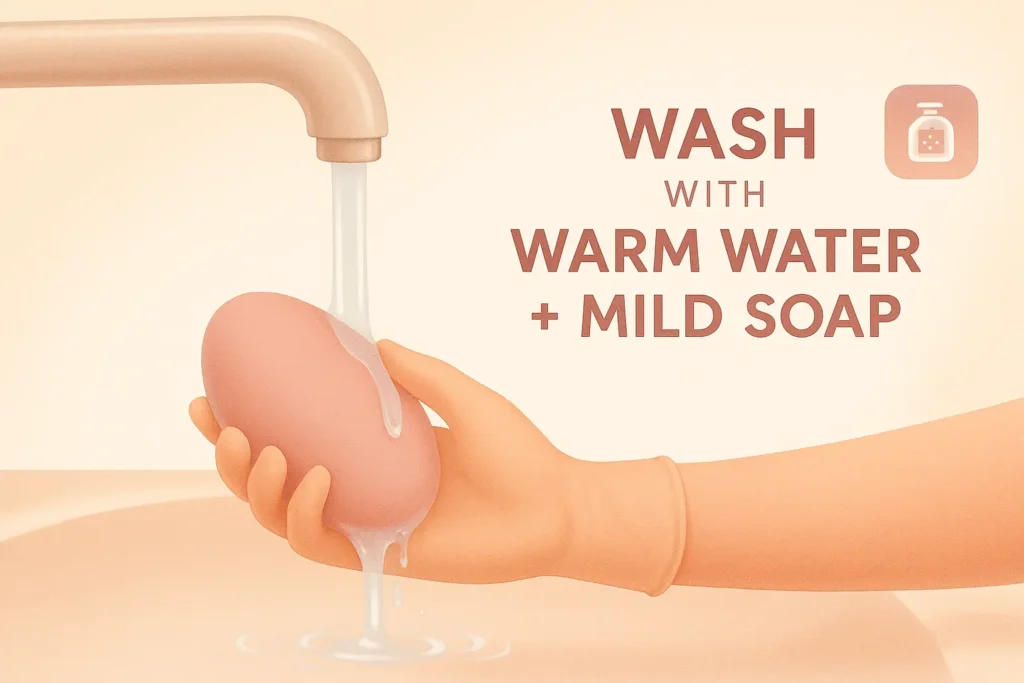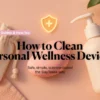
When it comes to intimate wellness products, safety isn’t just a buzzword — it’s the foundation of pleasure and peace of mind. If you’ve ever asked yourself “what is body safe silicone?” or wondered how to know if a sex toy is truly safe for your body, you’re not alone.
This guide breaks down everything you need to know about silicone materials — from porosity to medical vs food grade, and even the mysterious “platinum-cure” silicone you’ve probably seen on product labels.
What Is Safest Sex Toy Materials?
Body-safe silicone is a non-toxic, non-reactive material designed to be safe for prolonged skin and internal contact. Unlike cheap, mystery plastics, body-safe silicone is:
- Hypoallergenic (won’t trigger common allergic reactions)
- Non-toxic (no harmful chemicals like phthalates)
- Durable (withstands heat, moisture, and wear)
- Easy to clean (a must for hygiene and safety)
👉 If you’re shopping for a toy, always look for products marketed as “100% body-safe silicone.”
📌 Related reading Beginner Vibrator Guide – how to choose your first safe toy.
How to Know If a Sex Toy Is Body Safe

Not every “silicone toy” on the market is actually body-safe. Some are blends of silicone with unsafe fillers that make them porous. Here’s how to spot the difference:
- Price Check: High-quality silicone costs more. If it’s extremely cheap, be skeptical.
- Surface Feel: Pure silicone has a smooth, velvety touch — not sticky or oily.
- Smell Test: A strong chemical odor = not body-safe.
- Brand Reputation: Stick to trusted brands that disclose their materials.
💡 Pro tip: Do the bend test. Pure silicone bends without turning white. If it does, fillers might be present.
Is Silicone a Porous Material?
This is a common misconception. Pure, 100% silicone is non-porous. That means it doesn’t absorb fluids or bacteria, making it easy to clean and safe for internal use.
However, silicone blends with fillers are porous, and that’s where safety issues arise. Porous materials can trap bacteria, which increases risks of irritation or infection.
📌 Related reading: How to Clean Sex Toys Properly (step-by-step hygiene guide).
Medical Grade Silicone vs Food Grade Silicone
Both types of silicone are considered safe, but there are key differences:
| Type | Use Case | Safety Level |
|---|---|---|
| Medical Grade Silicone | Used in implants, medical tubing, surgical devices | Highest safety standards |
| Food Grade Silicone | Used in baking molds, kitchen tools | Safe for food contact, slightly lower standards |
What Is Platinum-Cure Silicone?
Platinum-cure silicone (also called addition-cure silicone) is a type of silicone that uses platinum as a catalyst in its curing process.
Why does this matter?
- It’s stronger and longer-lasting
- It remains non-porous and stable over time
- It’s considered one of the safest silicones for body use
This is why many high-end sex toy brands highlight the phrase “platinum-cure silicone” in their product descriptions.
Quick Cleaning & Care Tips

- Wash before and after every use with warm water + mild soap
- For deep clean: boil for 3 minutes (only if no electronic components)
- Store separately to avoid reactions with other materials
- Use only water-based lubricants (silicone lubes can damage silicone toys)
FAQs About Body-Safe Silicone
Yes, silicone is hypoallergenic and safe for most people. Very rare cases of sensitivity exist, but they’re uncommon.
Yes — boil them (if no motor) or use a toy cleaner for vibrators.
Description for this block. Use this space for describing your block. Any text will do. Description for this block. You can use this space for describing your block.
Final Thoughts
Body-safe silicone is the gold standard when it comes to intimate products. Whether it’s medical grade, food grade, or platinum-cure, the key is to make sure it’s 100% pure and non-porous.
When you invest in real silicone, you’re not just buying a toy — you’re buying confidence, safety, and peace of mind in your pleasure journey. 🌹
📌 Next step: Explore our guides on Choosing Your First Vibrator




